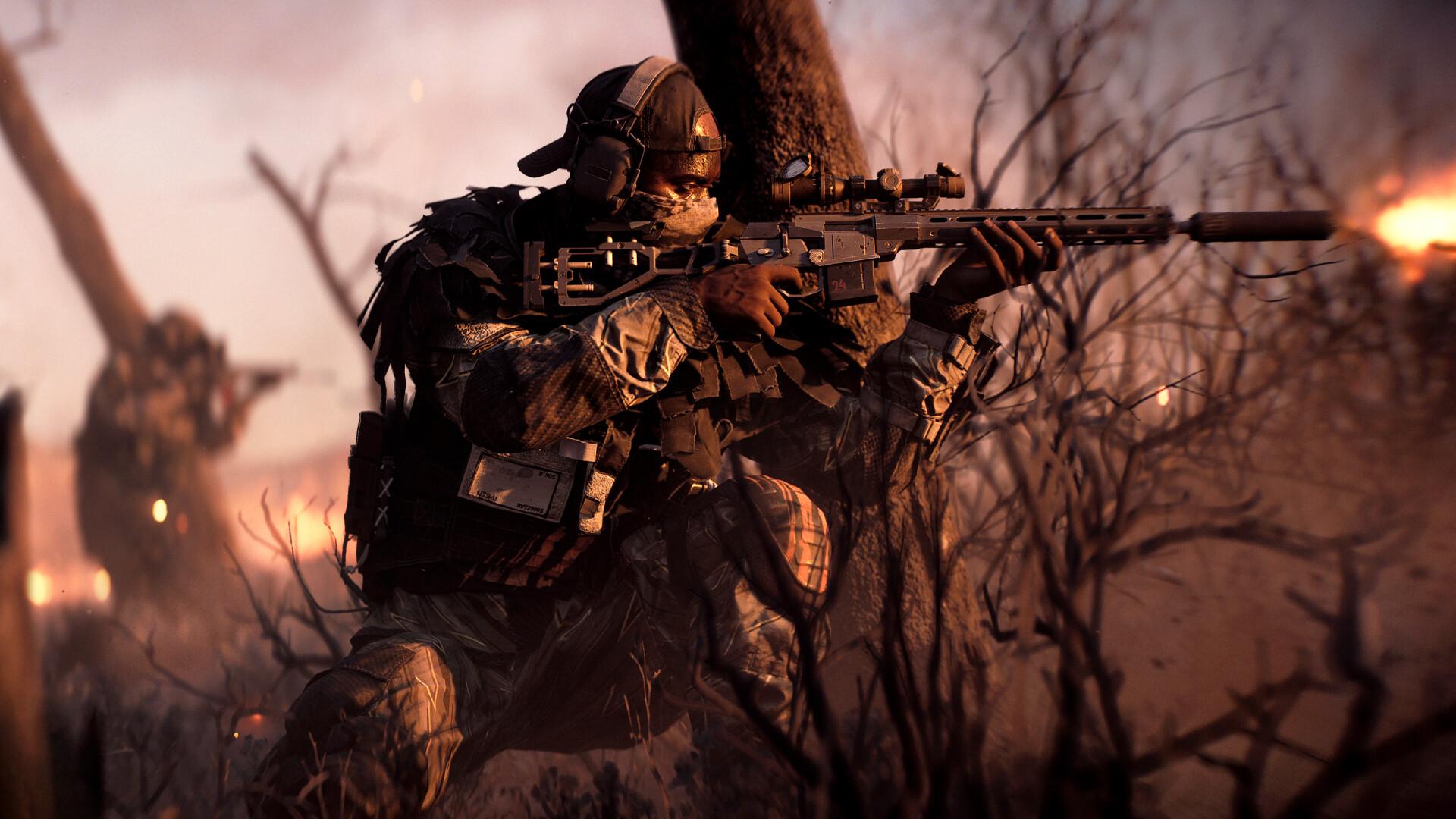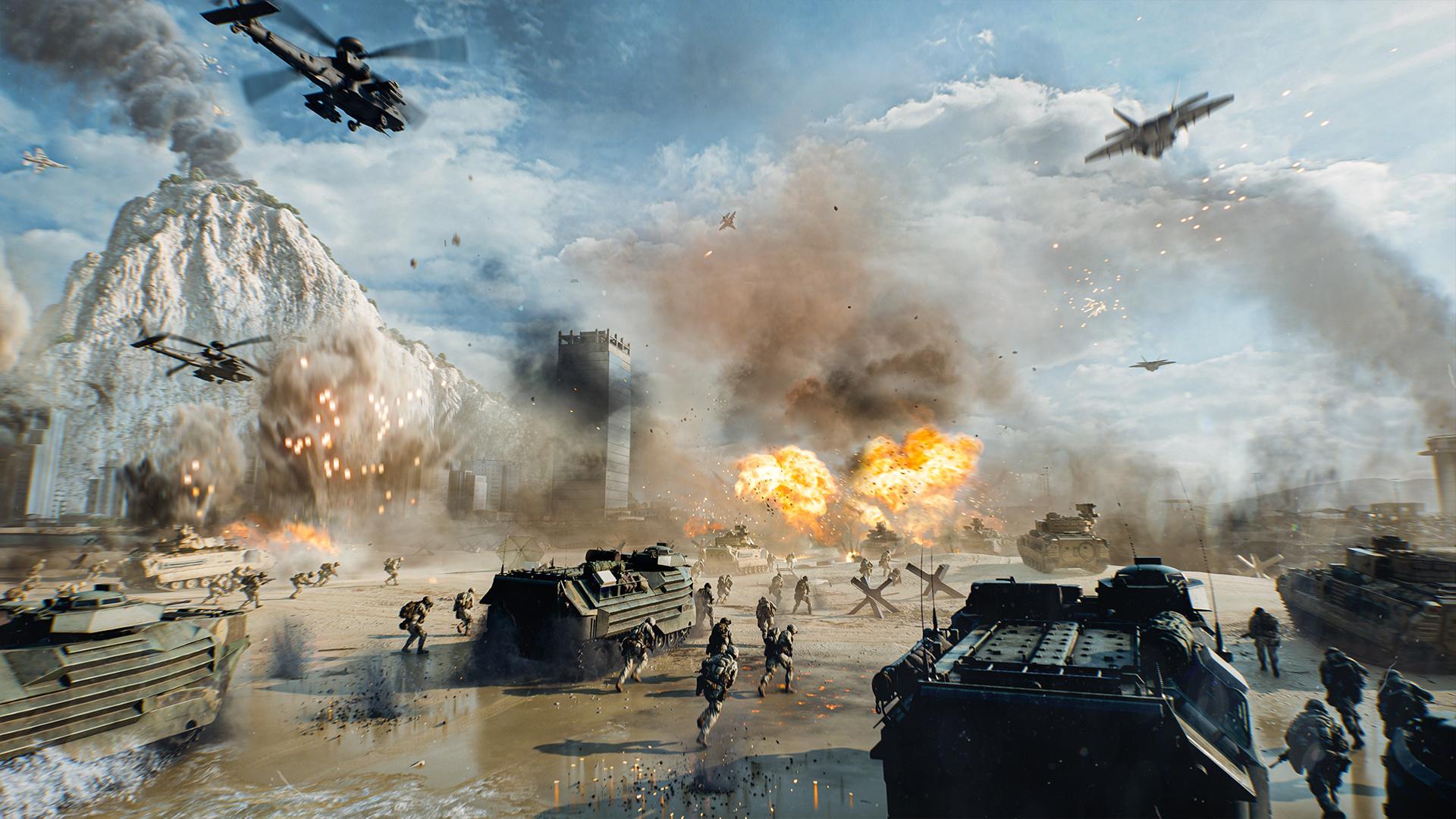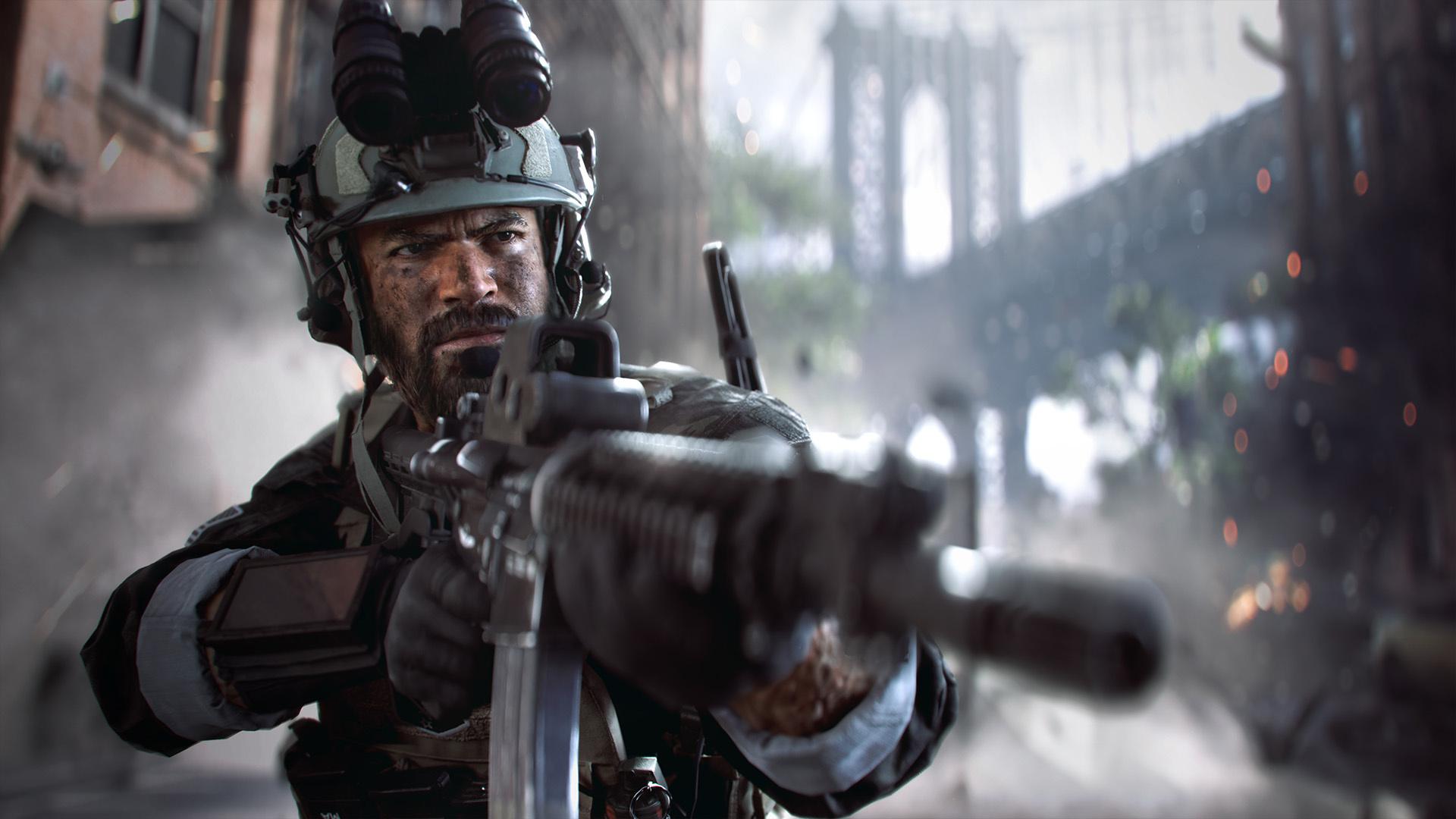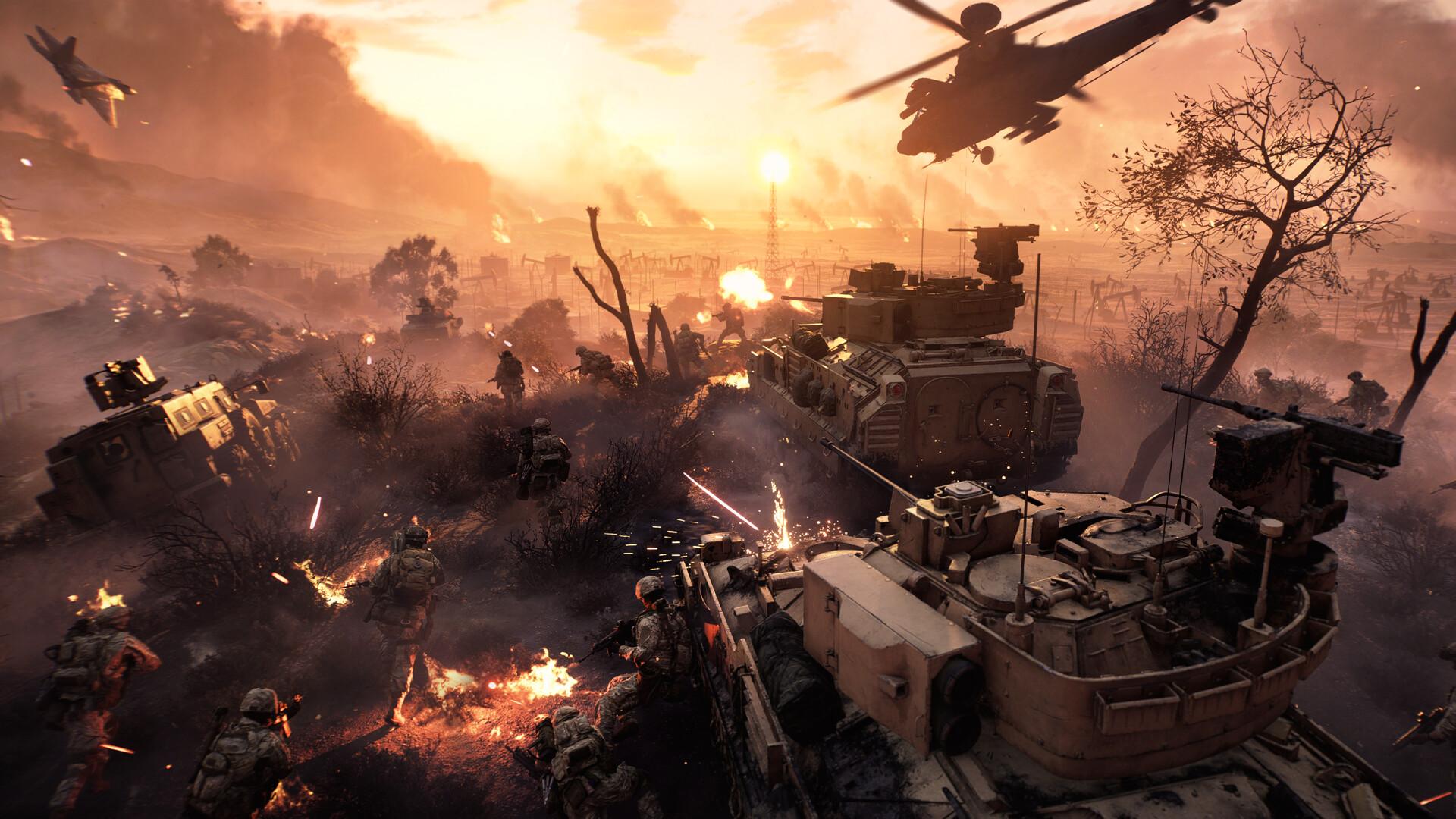To
Lee More
published 1 hour ago / 171 views
Reviewer's Note: Given the many shortcomings, it's impossible to avoid them. SPOILERS for the campaign – as if it matters anyway. Read on at your own risk.
The phrase “back to basics” is constantly being bandied about, and for good reason: signaling a course correction after previous mistakes could work to reignite fan interest. I speak on behalf of a disturbed fan who was shocked by the show's decline after leaving. First World War, Battlefield 6 it's basically my fault in a playful way. Due to strange naming schemes and multiplayer dynamics (Battlefield V), missing campaigns and erroneous launches (2042), the Rolodex of chefs tasked with preparing this main course, collectively called “Battlefield Studios”, wanted nothing more than to follow a simple recipe. Given the voluntary face-planting they avoid, caution is warranted; on the other hand, how high can one really reach with moderate ambition?
This question immediately becomes relevant in light of the series' most creatively bereft campaign to date. Instead of the obvious plausibility of a villainous Russia causing trouble for NATO, Daniel Bowditch and company's script casually portrays a private military company (PMC) as its arch-rival. For some reason, the country of Georgia believes that greener pastures await it with the simple name “Pax Armata”. What is the context for their impressive influence and firepower, you ask? Nothing even remotely tangible; Worse, in this backward world, the successful assassination of a NATO leader inspires several small NATO countries to quickly go to the other side. Just stop thinking and enjoy explosions that would make Michael Bay blush with envy.

Bay's envy will not be limited to DICE's famously destructive technology, but also to the unabashed patriotism of the beginning. Although the lesson's plot is about Sergeant Murphy's squad and NATO forces being ambushed by Pax, we certainly aren't going to forget about the Stars and Stripes. Of course, a mission that went relatively smoothly will come to an abrupt halt after the helicopter escapes. shot down. Of course, there's a heroic last stand in that helicopter—complete with Henry Jackson's booming orchestral score—as each of Murphy's comrades die in slow motion and fall gingerly atop a bloody American flag. And of course, Murphy had to be the only survivor to be carried on the same rescue helicopter as his fallen comrades. Bonus points for Murphy touching the American flag draped over their folded bodies before blood starts seeping through it.
It's easy to laugh and mock how this awkward delivery overshadows 13 o'clock moment when an insurgent in Benghazi shoots at an American flag, but it also stands in stark contrast to the gray dirt of all the other missions. There's little else here except for the modern war cliches and Alpha-Zulu-Tango dialogue stitched together through flashbacks. Imagine a board of directors, writers and narrative designers (over twenty total) found it convincing! Aside from the awkwardness of extracting information that every other character already knows, it also reduces the character's tension. Since three of the four members of Murphy's squad are alive after training in the modern cutscenes, everyone knows what happened to the fourth, who was also the leader of the group in said flashbacks.

Much of the campaign's design is as mind-numbing as its narrative is vacuous.
Admittedly, one small plus to its flashback-focused structure is the ability to take a look at each squad member's point of view and their different roles, just like in the multiplayer mode: Assault, Engineer, Support and Recon. Opening the tactics menu and using a teammate's class ability (such as scouting, highlighting nearby enemies) gives some the illusion of jointly overcoming superior forces. At this point, it goes without saying that this mechanic is considered one of the most enjoyable: the kinesthetic impact of each weapon, clear audio feedback, detailed destruction technology, and so on and so forth. Frostbitten engine is still delivering the goods.
Polished tactility is like good seasoning on a disgusting dish when the campaign itself doesn't work. Judging by previous examples or the closest blockbuster competitor (Call of Duty), this is considered one of the most arbitrarily restrictive at the moment. This is a game where you can climb up a long vertical cable, go down the same path to double check for collectible tokens, and go into a fail state when you go out of bounds. the slightest deviations may result in a “leave the combat zone” countdown warning. It was common for this group of linemen to set up fences, but rarely, if ever, had they done so haphazardly. Even his single mission with its initial open world capabilities can't help but turn into something more than just driving simulator halfway.
Its linearity is further aggravated by misunderstanding these basics too. 2019s Modern warfare the campaign may have been generally confusing, but Clean House was a great exercise in a tightly controlled pace; incarcerating the player worked because of the narrative stakes involved. The tight formation while moving slowly up the stairs is consistent with what trained military forces do in covert scenarios. The episode here is half-heartedly Xeroxed, with the added bonus of a sledgehammer that can wear down soft walls, but there's no careful direction – no establishing the stakes of urban warfare. It also serves as a microcosm of the campaign as a whole: bad settings lead to weak payments.

Of course, the previous paragraphs may not be relevant to the average person. Battlefield or an FPS fan. In the first case it makes sense; after all, anecdotal victories at the last second and triumphant exploits within grandiose the arenas seem more exciting than most travelogues of the world written down on paper. Instead of Oh shit! moments captured through choreographed action, the purest magic of the franchise comes from spontaneous acting. A well-placed missile destroys a helicopter, which crashes into the side of a building, which then creates a limited window for a counterattack to the next target, and so on and so forth. Each match is a unique story.
Emphasizing these multiplayer story moments through camaraderie has improved since then. 2042s launch; damn DICE got the message and reworked it 2042s After this, a specialized structure appeared, but the damage had already been done. The launch of a simpler class system with more narrowly defined roles was met with praise. Of course there is some overlap, but that makes sense: Any squad member can heal another downed squadmate, but only the Medic kit can do this instantly using shock paddles. There are clear trade-offs between the four aforementioned classes, especially in secondary devices. Not taking headshots as a scout isn't that hard if you just use the quadcopter drone to scan nearby enemies and short-circuit explosive equipment: mines, mortars, and so on. It doesn't seem like much, but it can really make a difference.

Returning to the familiar and comfortable probably helped ensure that no (current) card felt too big for its own good. They are, of course, still impressive in terms of square footage, but not to the same degree of ridiculousness as if your actions feel unimportant. Whether it materializes at HQ, on the safety of squadmates, or on any friendly vehicle that has space, there is usually a constant stream of spawn sources. One unfortunate death can actually be an opportunity to take the gunner's seat in a fresh helicopter, drop a volley of shells on a contested control point, parachute behind enemy lines and take control of the hardpoint. And all this in one day of work!
Of course, the right size (mostly) is not the only factor that determines the quality of a card. Some fans may not like the more condensed 16-man map options, but they have their place; and since its class structure has moved away from Call of Dutythe difference is enough to judge her intention. Even if they're unimpressive by those standards, much of the ire is due to the wild inconsistency of the big 64-man cards. This is best exemplified in Breach mode: attackers must completely capture one or both points of a zone before moving on to the next zone.. The first part of the Mirak Valley is a brutal meat grinder for attackers; one control point is conveniently located closer to the defender's headquarters, and its layout is essentially an open field with scattered cover and trenches. There is no coherence and it's truly crazy that this is the first section.

As with any multiplayer shooter, the show is expected to continue for years to come with heavy updates. You know this restaurant, and it offers everything as usual: new modes, new maps, new weapons, more battle passes and so on. Admittedly, this review finds itself at a strange crossroads, with both a new map and a standalone free-to-play Battle Royale game. REDSEC Battlefieldrecently released (not covered in this review). While it's fair to note the speed with which new content appears, it shouldn't shirking BF Studios' responsibility to create the most exciting launch possible. And given the modest starting number of cards (nine), consistency is certainly not that difficult to expect.
A more appropriate place to apply “consistency” would be servers. Of course, it's by no means perfect; heck, the first time you cut through a vehicle or get stuck in geometry, it feels like a rite of passage—a “baptism on the battlefield,” if you will. Overall, however, the launch window went relatively smoothly: it's easy to remember the rare instances where I disconnected or encountered a serious bug due to their infrequency after dozens of matches. It's fair to say that this must Either way, that's the norm (especially for the Standard Edition's $70 or Phantom Edition's $100 price tags), but perhaps some praise is warranted in light of 2042s launch destruction.

The goal of this goulash from game studios (and EA more broadly) was clear and simple: to give fans a tasty meal. No campaign skips, no major multiplayer identity crises, and no radical aesthetic decisions that run counter to the modern military shooter. Although this is than a better general solution, there is a certain irony in this too. Its campaign is so boring that it inadvertently highlights why past eliminations made sense, and the game's best multiplayer quality is astounding. many notes that were previously played; on the other hand, who doesn't like to listen to a good old tune every now and then?
A contractor by profession and writer by hobby, Lee's offensive criticism has found its way to appear on several gaming sites: N4G, VGChartz, Gaming Nexus, DarkStation, TechRaptor and Cubed3! He started gaming in the mid-90s and has had the privilege of playing many games on many platforms. Reader warning: Every click on his articles only helps inflate his Texas-sized ego. Proceed with caution.
This review is based on a retail copy of Battlefield 6 Phantom Edition for XS.
More articles








